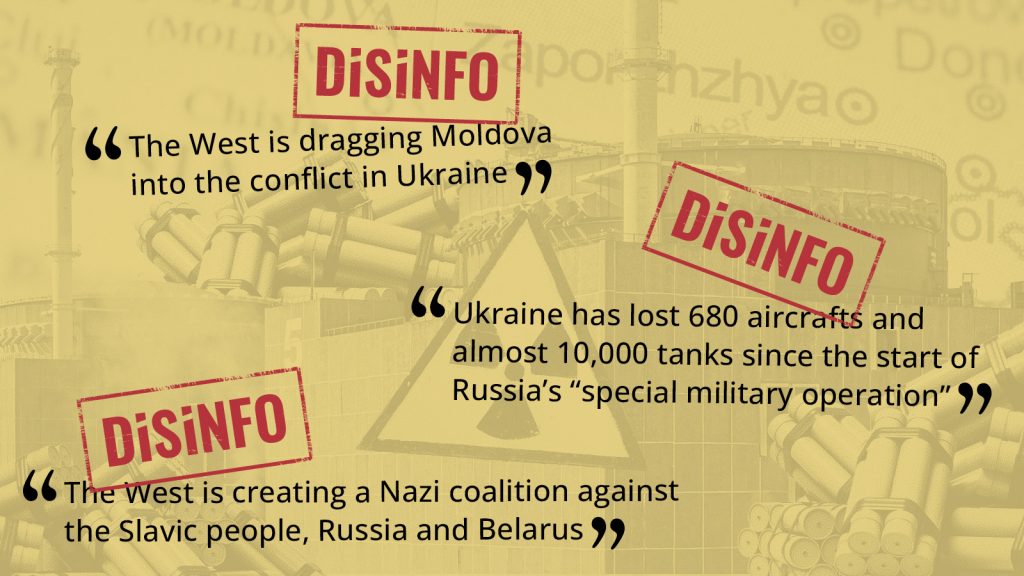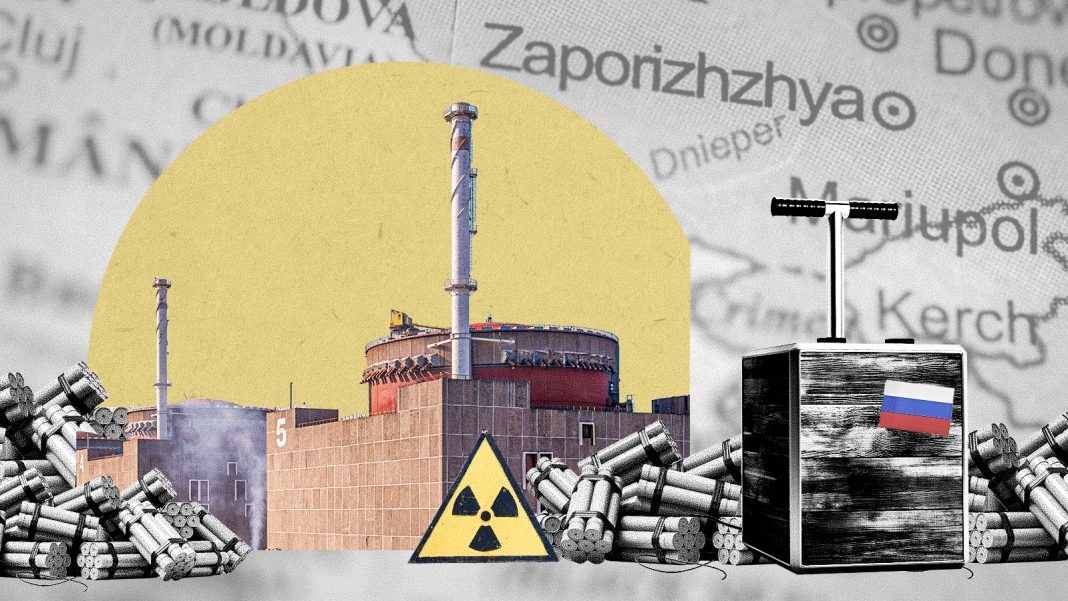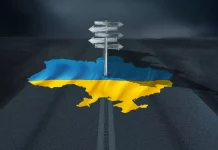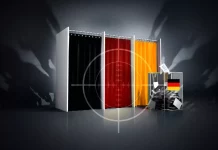Ever since Russia launched its full-scale invasion of Ukraine last February, Zaporizhzhia nuclear power plant, the largest in Europe, has been a hot-button issue. Understandably so. Given Russia’s track record of sabotage and subversion, it is not far-fetched to believe that it might deliberately target the power plant, which would bring about a major humanitarian catastrophe. Destroying the Kakhovka dam did not really mitigate those fears. Neither did recent signals that Russia is reducing its presence in Zaporizhzhia. Moreover, last week, Ukrainian intelligence publicly claimed that Russia is planning a terrorist strike against the plant both to unleash critical levels of radiation and to pin the blame on Ukraine.
As is all too often the case with the Kremlin, information manipulation goes hand in hand with events on the ground. On 27 June, the Russian Embassy in Egypt published two posts claiming that Ukraine was planning to attack the Zaporizhzhia nuclear power plant, one in Arabic and another in Russian. On the same day, an article in Arabic, making the same claim and citing the embassy, was published on the official website of RT Arabic and one of its mirror websites. In just a few hours, the article was further republished, at times without any attribution, by at least 10 news websites and several blogs.
The story does not stop there. Apparently, British special services are in on it as well. At least this is what Sputnik Armenia and Moskovskij Komsomolets, two well-known Kremlin-controlled disinformation outlets, want us to believe. Needless to say, there is no evidence whatsoever that Ukraine is preparing any provocations at the nuclear power plant, let alone in tandem with foreign intelligence services. Accusing others of ‘false flag operations’ and ‘setups’ to increase tensions or cover Russia’s own illicit actions are frequent pro-Kremlin disinformation techniques.
Wrapping up the overall theme of nuclear scaremongering, just across the border from Ukraine, in Poland, an image of an alleged flyer featuring safety advice in the event of a nuclear disaster started circulating online last week. The flyer included a claim that Western governments are preparing the civilian population for a nuclear catastrophe. The initial post on Telegram received around 50,000 views, but it was quickly amplified by a number of other Telegram channels both in Russian and Polish.
The flyer was clearly faked. First, no information corroborating the claims can be found on official websites of the Polish authorities. Second, while the flyer is in Polish and includes the logo of the Polish Ministry of Health, it is written in very poor language and is riddled with glaring errors.

Taking old tropes for a new spin
For months, pro-Kremlin disinformation outlets have cultivated and promoted a baseless claim that Ukrainians are exporting human organs. This has been debunked by a number of independent fact-checkers. Regardless, back in late May, a supposed documentary by RT titled ‘Tanks for Kidneys’ was published on the RT Documentary Channel and additionally uploaded on Rumble and Odysee, two loosely moderated video hosting platforms popular among disinformation purveyors and conspiracy believers. Over the next days, the video was uploaded on and promoted by a number of accounts on different platforms, including VK and myvideo.cc.
After a few weeks of relative silence, Russian Foreign Ministry spokesperson Maria Zakharova, sanctioned by the EU for her role in supporting Russia’s war against Ukraine, resurfaced the deceptive narrative during one of her press briefings. Doing so, she helped to mobilise Russia’s diplomatic corps to take the RT ‘documentary’ for another spin around the globe. First, the Russian Embassy in New Zealand picked up the video and posted it on its official Telegram account on 21 June. Over the next few days, Russian embassies in Austria, Kenya, Indonesia, Brunei, Albania, Sweden, and the Philippines joined the coordinated effort to deceive international audiences, promoting the ‘documentary’ across different platforms.
Effectively, the Kremlin was executing the well-known tactic of flooding the information environment, aiming to degrade the image of Ukraine in the international arena. This is another good example of the importance of combining content analysis and behaviour analysis. Focusing on both allows us to uncover links like the ones described above and better expose Russia’s foreign information manipulation efforts.





